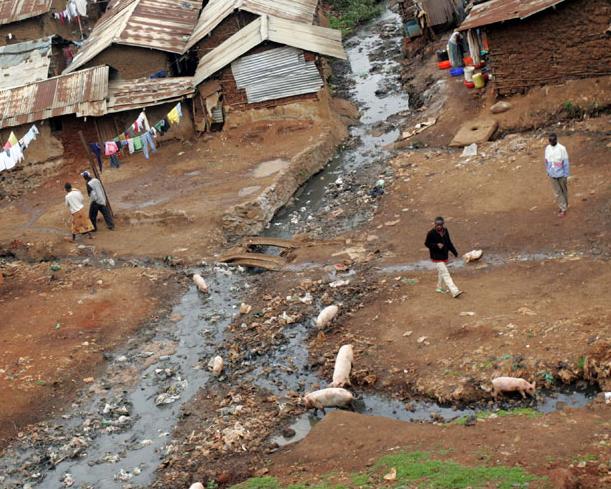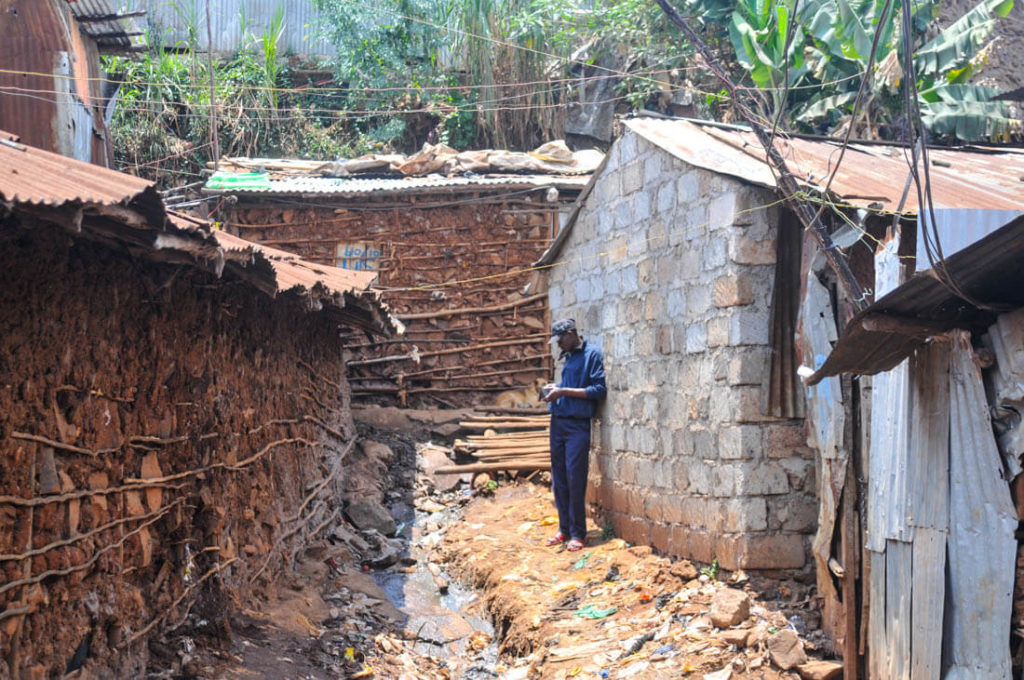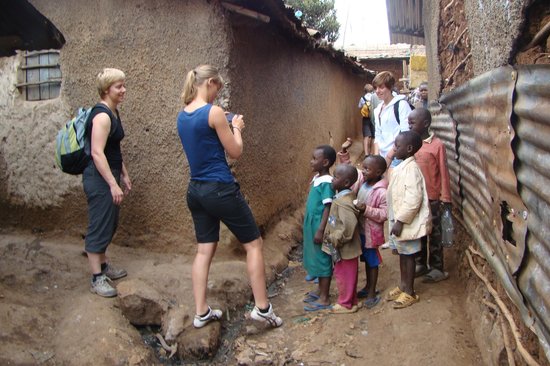
Whatever the local name for slums, there are a lot of them and they are growing fast. A new report, “The Challenge of Slums” by UN-Habitat, the United Nations agency responsible for “human settlements”, says that in 2001 just under a billion people were living in slums—about a third of the world’s city dwellers. In the last decade, urban populations in less developed regions increased by a third. On present trends, says the UN report, 2 billion people could be living in slums by 2030.

In Africa, many parts of the Middle East, Latin America and Asia, migrants are leaving farm land which is unable to support them, and arriving in cities which are unprepared to deal with them. This has been a long-term trend, and is unlikely to abate no matter how awful the slums become. In 1800, only 2% of the world’s population was urbanised; by 2020 more than half of the world’s population will be.

Because such migration is so predictable, and long established, it might seem surprising that many governments are ill-equipped for it. But there is little new in that either: the now-rich countries fared just as badly when their cities first began to grow rapidly.
What can be done?

Lessons from history make it clear what should not be done: ignoring slums or harassing the people that live in them through summary evictions and clearances.
Although few governments openly advocate such repressive policies, arbitrary evictions are still common in many developing countries. In any case, slum eradication and resettlement create more problems than they solve. Most residents pushed out of their homes soon have little option but to return to the same area, because they need the work that drew them to the city in the first place.

Improving slums, rather than relocating their residents, is a much better approach. But in developing countries, resources to build new housing rarely exist. Instead, government-aided “self help” is more realistic. Loans for home improvement and investment in infrastructure are crucial for upgrading slums. But the central problem is that slum residents rarely have the formal rights to remain on the land they occupy. So they have no incentive to develop the land for the future, and are unable to raise the money to do so.
A stake in the future

Hernando de Soto, a well-known economist from Peru, has long advocated another solution: giving formal title deeds to the poorest slum dwellers. Possessing legal proof that they own the land beneath their home, however humble, gives poor people the means to raise finance for improving their dwelling and even, in many cases, for starting a business. The Peruvian government has issued well over a million property titles to the great benefit of impoverished families.
As the UN report points out, awarding titles is not always easy. Land laws in many developing countries are overly complicated, and government bureaucracies frequently inefficient or corrupt. But legal complications are often the unwelcome legacy of the colonial era, and should be untangled in any case. And bureaucratic inefficiency is a headache for reforms in every area, not just in that of slum policy.
The owners of much slum land have long since abandoned any serious claims to it. In other places, the land belongs to the government. In both cases, awarding a title to slum dwellers can be seen as a fair way to establish property rights, the bedrock of any prosperous society. If governments are brave enough to try it, slums could yet become an engine of growth in poor countries, rather than a crisis in the making.